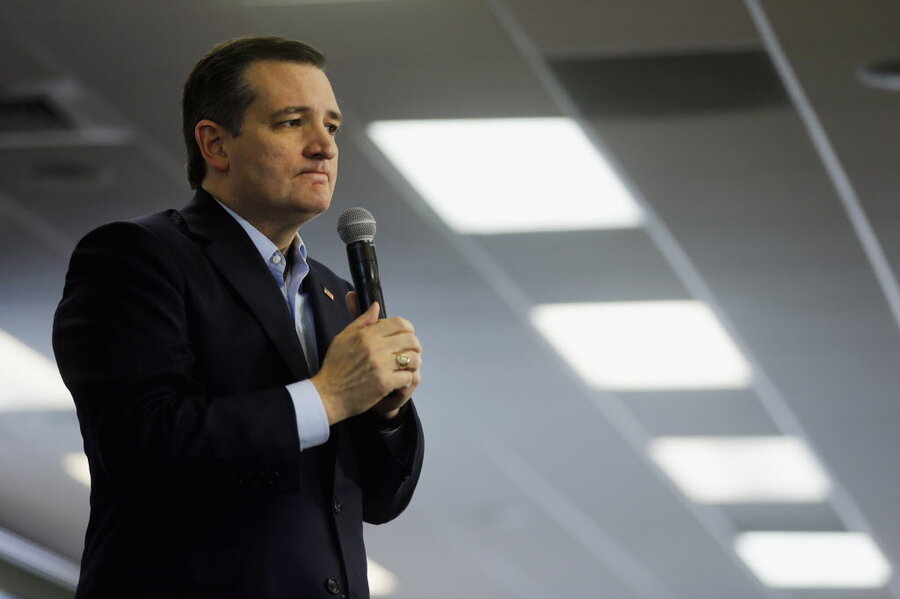Cruz slammed over 'fake-looking' Rubio photo. How to spot a bogus image.
Loading...
GOP presidential hopeful Senator Marco Rubio enthusiastically shakes hands with President Obama in an image disseminated by rival Senator Ted Cruz's campaign, seemingly proving Sen. Cruz's point that Sen. Rubio cooperated with the president to make secret, backroom deals. But there's something a little peculiar about the image.
Experts say the photo of the two men shaking hands with their left hands, with the headline, “The Rubio-Obama Trade Pact,” sends up red flags for anyone familiar with stock photos and Photoshop, leading many to look for more tangible clues to fakery.
The image appeared on the website www.therealrubiorecord.com, paid for by Cruz for President. It has since been replaced with a photo of the two men shaking hands before the State of the Union address.
The Cruz campaign fired back after allegations of photo-doctoring, but didn't deny that the photo was faked. “Of course Marco Rubio is throwing a fit because he’s ashamed of his liberal record of standing with Chuck Schumer and Barack Obama to try to pass amnesty,” Cruz spokesman Rick Tyler told Time.
To tell if an image has been Photoshopped or edited you can look at the digital file's metadata or try an online image sleuthing tool, examine the photo's lighting, or simply ask yourself if it feels “unsettling.”
Adam Waltner, a teacher at the New York Institute of Photography says in an interview with The Christian Science Monitor, “You can see it’s been edited very heavily in the lighting, shading, color, tone and whoever created this image kinda knew what they were doing a little bit, but nothing in it looks real to me. It looks like a stock image composite where almost every element looks artificial.”
“The real problem is that it doesn’t FEEL real,” Mr. Waltner adds of the Rubio image. “That’s the thing about Photoshop is the feel just gets under my skin. You know in your heart of hearts that something’s just not right. It’s almost kinda creepy.”
Rubio supporters on Twitter began their digital detective work to produce explanations. Some even doctored their own photos of Cruz and the president.
Tim Grey, digital photographer, author, and digital photography expert, says in an interview, “The stock image people on Twitter found is actually a perfect match for the image of Rubio and President Obama. It’s the exact same photo just flipped. Same watch, same tablet, same suit and same whatever he’s holding. And the other problem is that the lighting is wrong.”
Mr. Grey offers these tips for spotting a fake with an emphasis on the issues in the Rubio-Obama composite photo:
Check to see if light and shadows match: Light likes to obey the laws of physics. “In this case, Rubio is obviously illuminated by a light in front of him and slightly above him, and a relatively bright light source at that. As expected, the shadows fall toward the back of his head and toward his neck. The shadows on Obama are from a completely different lighting scenario – like they were in two different rooms – and also the heads and bodies on each man were lit differently.”
Head and body mismatch: “Rubio seems to be a pretty fit guy, but I've never seen him look as scrawny as he does in this composite image.”
Odd human interaction: When people shake hands they generally make eye contact and share a similar facial expression.
“In this case, they aren't even looking at each other, and their facial expressions are wildly different,” Grey points out. “Rubio is looking upward with the expression of a child who has just met Santa Claus, while Obama seems to have a bit of a proud ‘I'm POTUS’ look, like he just presented an award to someone.”








